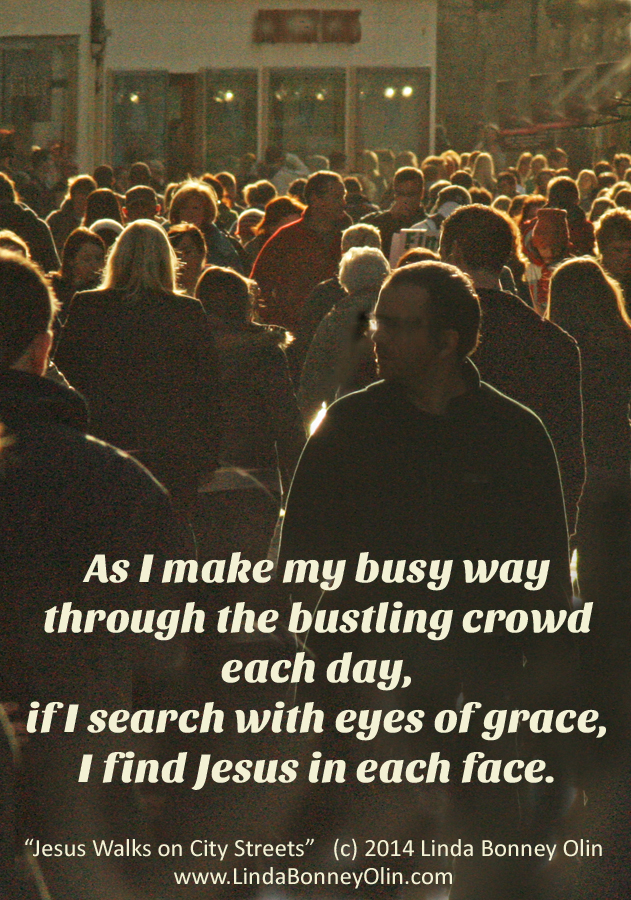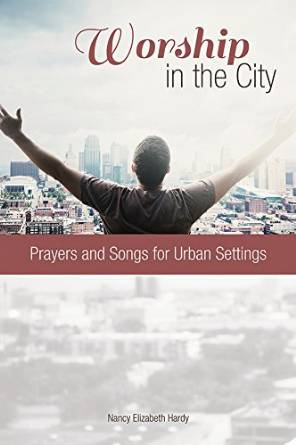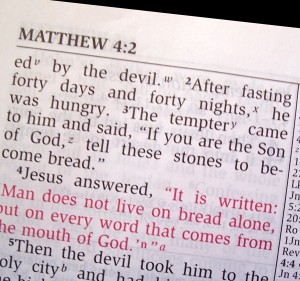 Christian author and editor Kathy Ide crossed my path several years ago at Montrose Christian Writers Conference, where she’s a favorite faculty member. When Kathy launched her latest project, a series of fiction-based devotional books, I eagerly accepted her invitation to send a few submissions for consideration. My story “The Last Ember” appears in the second book of the series, 21 Days of Christmas: Stories that Celebrate God’s Greatest Gift.
Christian author and editor Kathy Ide crossed my path several years ago at Montrose Christian Writers Conference, where she’s a favorite faculty member. When Kathy launched her latest project, a series of fiction-based devotional books, I eagerly accepted her invitation to send a few submissions for consideration. My story “The Last Ember” appears in the second book of the series, 21 Days of Christmas: Stories that Celebrate God’s Greatest Gift.
To celebrate the book’s release, I invite you to listen in on my virtual chat with Kathy Ide. (Don’t miss the giveaway announcement at the end of the Q & A!)
Linda: Let’s get into the holiday mood by sharing a cherished Christmas memory. You first, Kathy.
Kathy: When I was maybe ten years old, my mom asked my dad to build dollhouses for me and my two younger sisters for Christmas. He collected scrap lumber, carpet samples, strips of wallpaper, paint, and miniature furniture pieces. After working all day, then waiting for his daughters to go to bed, he stayed up late several nights in the garage, constructing a two-story house with five rooms, glued to a board that was painted green and had little trees and bushes in the wooden yard.
The night before Christmas Eve, the dollhouse was finally finished. And my mom asked, “Where are the other two?” What? “You have three daughters, Wayne. You can’t expect them to all share one dollhouse.”
 After a last-minute shopping trip, Dad stayed up all night and built two more houses. They were identical in size, shape, and floor plan, but with different wallpaper and paint and furnishings. When my sisters and I woke up on Christmas morning to three beautiful dollhouses, mine was the only one we could play with right away because the paint hadn’t yet dried on the other two! I still display the picture of those houses, with me and my sisters grinning from ear to ear, on my china cabinet.
After a last-minute shopping trip, Dad stayed up all night and built two more houses. They were identical in size, shape, and floor plan, but with different wallpaper and paint and furnishings. When my sisters and I woke up on Christmas morning to three beautiful dollhouses, mine was the only one we could play with right away because the paint hadn’t yet dried on the other two! I still display the picture of those houses, with me and my sisters grinning from ear to ear, on my china cabinet.
Linda: Thanks for sharing the photo with us. Cute!
Hmm … So many Christmases to choose from … Sifting through all those memories is a joy in itself!
Our first Christmas together, Bill and I didn’t have money to buy holiday decorations or gifts. I crafted tree ornaments from scraps of cereal-box cardboard and egg cartons, yarn, toilet paper tubes—you name it. Bill’s mom was too ill to do much baking for his father and four younger brothers, so my gift to the family was an IOU for one baked item per month for the coming year.
Unfortunately, my knowledge about baking could have fit on a recipe card, with room left over for the Gettysburg Address. The yeast rolls I painstakingly formed into beautiful cloverleaf shapes were as hard as baseballs (thanks for demonstrating the similarity, Doug!). The lemon filling oozed out of my jelly roll in yellow gobs. Even my mother’s moist brownie recipe came out so crusty that Ken bounced a knife off the top, trying to cut into it.
 Forty-plus years later, my brothers-in-law still snicker about the Year of Baked Goods. And those homemade ornaments hang in places of honor on our Christmas tree.
Forty-plus years later, my brothers-in-law still snicker about the Year of Baked Goods. And those homemade ornaments hang in places of honor on our Christmas tree.
Every Christmas is special, of course. So being a contributing author in the Christmas edition of the Fiction Lover’s Devotionals is exciting. Tell us about that project, Kathy.
Kathy: The series is published by BroadStreet Publishing. Each book is a collection of twenty-one short fiction stories, all written by different authors. Each story is followed by a brief Life Application, written by the author of the story, that suggests how the messages in the tale can be applied to daily life.
Linda: I’ve contributed quite a few devotions to books, magazines, and inspirational web sites. Typically, devotions weave a meditation around an anecdote from the writer’s personal experience. It was a new challenge for me to write a fiction story with a devotional twist.
Kathy: Yes, this series takes a unique approach. There are lots of compilations with short true stories out there. The Fiction Lover’s Devotionals are for readers who enjoy fiction. But beyond the entertainment value of Christian fiction, they give readers the additional depth they want in their quiet times with the Lord.
Linda: Gathering and reviewing submissions and editing twenty stories per book has to be a massive amount of work. On top of that, you contribute one of the chapters yourself. Tell us about the piece you wrote for 21 Days of Christmas.
Kathy: “Star Light, Star Bright” is a story of what might have gone through Joseph’s mind in the moments after Mary gave birth to Jesus. I loved imagining what it must have been like to realize that you’ve been called to teach God’s Son about God. Based on what Joseph was raised to believe about the Messiah, that experience must have been mind-blowing!
Linda: You said it! I wrote a song for Joseph to sing at that very moment in a Christmas Eve nativity program at my church. The title “A Guardian’s Prayer” links Joseph’s experience to the challenge faced by all adoptive parents. The tune is a slightly modified version of TO GOD BE THE GLORY. Download sheet music
Each Fiction Lover’s Devotionals book is a collection on a particular theme, not just twenty-one random stories slapped between the covers. What themes are available besides the Christmas collection?
Kathy: 21 Days of Grace: Stories that Celebrate God’s Unconditional Love was the first book in the series. 21 Days of Love: Stories that Celebrate Treasured Relationships (for Valentine’s Day) and 21 Days of Joy: Stories that Celebrate Motherhood will be released in 2016.
Linda: How do you see people using these devotionals?
Kathy: The books are being published as beautiful hardcover gift books and e-book versions—small enough to take with you, and with chapters short enough to read anywhere. You can enjoy these stories over breakfast, at lunch break, before bed, or curled up in your favorite chair with a cup of coffee or tea. These books could also be used in group settings—for your book club, Bible study, life group, Sunday school class, or just getting together with friends. They make terrific gifts too—especially 21 Days of Christmas! A Study Guide will be available for free at www.FictionDevo.com or as a 99-cent e-book at Amazon or Barnes & Noble.
Linda: The companion Study Guide is a great idea. A wealth of discussion questions popped into my head for “The Last Ember,” a contemporary story of a young cashier whose despair collides with grace on Christmas Eve. Hopefully it will generate a lot of discussion, especially if readers share their personal connections to the characters’ circumstances. I pray that the story will touch readers whose difficulties have tempted them to end their own lives.
Kathy: This is my desire too! I know God can use these stories in a powerful way.
Linda: Where can people purchase the book?
Kathy: The print version of 21 Days of Christmas can be ordered online at Amazon, BN.com, ChristianBook.com, Cokesbury.com, and GoHastings.com. The e-book is available from Amazon, BN.com, iBooks, and Google Play.
Linda: How can readers connect and respond after they read the books?
Kathy: There’s a forum on FictionDevo.com where people can post responses to the books and the stories in them. They can also do that on Facebook.com/FictionDevo. I’m very excited to read about how God is using these stories in people’s lives.
Linda: Now for the giveaway we promised …
 Kathy: “Christmas Fun Giveaway,” featuring 21 Days of Christmas, is a great way to kick off the holiday season and get into the Christmas spirit! We’re giving away three “Christmas Fun” grand prizes plus seven second prizes, with autographed copies of 21 Days of Christmas and 21 Days of Grace plus more! There are nine ways to enter. Do as many as you like, but each option can be done only once. Deadline to enter is November 6, so act fast! Edit 11/19/2015: Kathy’s Christmas Fun Giveaway is over and done with. But if you’d like to score a free copy of 21 Days of Christmas, check out my extra-special Christmas giftie for my extra-special supporters, until December 20, 2015. -Linda
Kathy: “Christmas Fun Giveaway,” featuring 21 Days of Christmas, is a great way to kick off the holiday season and get into the Christmas spirit! We’re giving away three “Christmas Fun” grand prizes plus seven second prizes, with autographed copies of 21 Days of Christmas and 21 Days of Grace plus more! There are nine ways to enter. Do as many as you like, but each option can be done only once. Deadline to enter is November 6, so act fast! Edit 11/19/2015: Kathy’s Christmas Fun Giveaway is over and done with. But if you’d like to score a free copy of 21 Days of Christmas, check out my extra-special Christmas giftie for my extra-special supporters, until December 20, 2015. -Linda
Linda: Author-signed books are a treat, and the Fiction Lover’s Devotional hardcover gift books are absolutely beautiful. Thanks, Kathy!
My writing friends might also be interested in Kathy’s book Proofreading Secrets of Best-Selling Authors. If you need editing services, or want to become an editor yourself, check out the many resources for Christian writers on KathyIde.com. Kathy posts her upcoming schedule of writers conferences there, too.
And thank you, friends, for sticking with us all the way to the end of Kathy’s visit. Please leave a comment. We’d love to hear your cherished Christmas memories!





 The same is true of the annual observance which many churches call Lent. This wonderful, spiritually uplifting season commemorates the 40-day period of fasting and prayer that Jesus Christ undertook in preparation for his journey to the cross. Like his birth and resurrection, this is an important biblical event, recorded in
The same is true of the annual observance which many churches call Lent. This wonderful, spiritually uplifting season commemorates the 40-day period of fasting and prayer that Jesus Christ undertook in preparation for his journey to the cross. Like his birth and resurrection, this is an important biblical event, recorded in  James “the Lord’s brother” was missing from the scene of the cross while Jesus suffered and died. Wouldn’t you expect such a close family member to be there, supporting Jesus and Mary in those desperate hours? But then, this particular James had been absent from Jesus’ ministry all along.
James “the Lord’s brother” was missing from the scene of the cross while Jesus suffered and died. Wouldn’t you expect such a close family member to be there, supporting Jesus and Mary in those desperate hours? But then, this particular James had been absent from Jesus’ ministry all along.